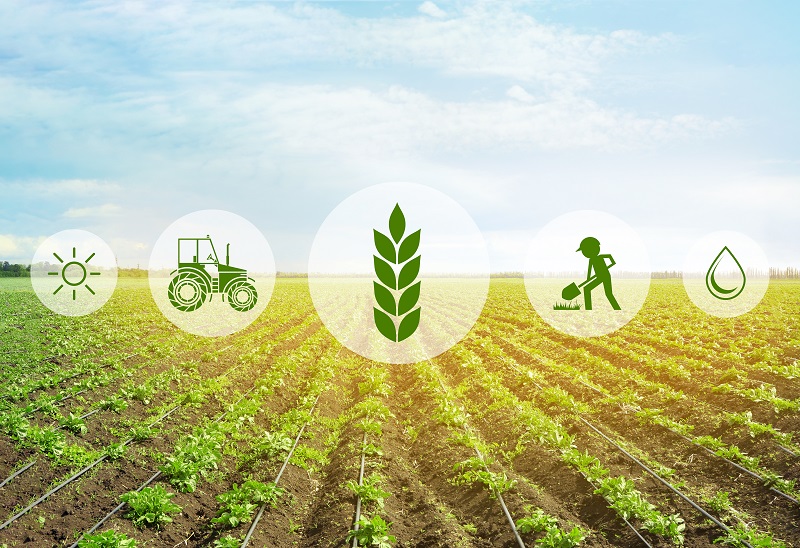TFI Opposes EPA Proposed Rule on Air Quality Standards
The Fertilizer Institute (TFI) has stated its opposition to the Environmental Protection Agency’s (EPA) proposed rule to tighten national ambient air quality standards (NAAQS) for fine particulate matter (PM2.5).
“At a time when the need to strengthen the domestic fertilizer industry has been made clear by multiple global crises and echoed by the Biden Administration, now is not the time to hamstring fertilizer production by making new production facilities or the expansion of existing production more difficult or, in some instances, impossible,” said TFI President and CEO Corey Rosenbusch. “The fertilizer industry prides itself on innovation and sustainability and environmental stewardship is a cornerstone of how our industry operates, from production to farmer use. TFI does not support lowering NAAQS levels and instead believes that the EPA should retain the current PM NAAQS.”
The current PM NAAQS was set in 2012 under the Obama Administration and has dramatically reduced air pollution across the county.
“PM2.5 emissions have declined nearly 40% over the past twenty years, and they continue to go down,” Rosenbusch explained. “Under the current standards we have both environmental protection and robust commerce. We are in the Goldilocks zone where those things are balanced. Why mess with that when EPA’s own data has shown uncertainties related to the health benefits of reducing levels below current standards?”
The problem for industry is that as NAAQS levels have continued to be lowered, and industry continues to adapt through technology and innovation, local air quality in many places of the country has returned to “background levels” of particulate matter, meaning levels of particulate matter that are naturally occurring.
“Imagine responsibly operating a facility in an area that is well within PM2.5 guidelines, but you are geographically downwind from a wildfire two states over and now all of a sudden your area receives a “nonattainment designation” from the EPA,” Rosenbusch said. “Now you can’t expand, you can’t grow, you can’t operate at your normal levels, and the EPA is telling you to install technology that doesn’t exist while they readily admit in their own analysis that even they haven’t been able to determine how states can attain lower PM2.5 standards.”
Lowering PM2.5 standards beyond what is currently technically possible could also have the unintended consequence of reducing domestic fertilizer production if attainment in the U.S. becomes overly burdensome.
“The world demands a certain amount of fertilizer every year,” Rosenbusch concluded. “If it’s not produced here in the U.S. there is a good chance a country with significantly lower environmental protections and less efficient production methods fills that supply vacuum. In that scenario, we get both higher pollution levels from overseas production due to global wind patterns and less domestic production.”





